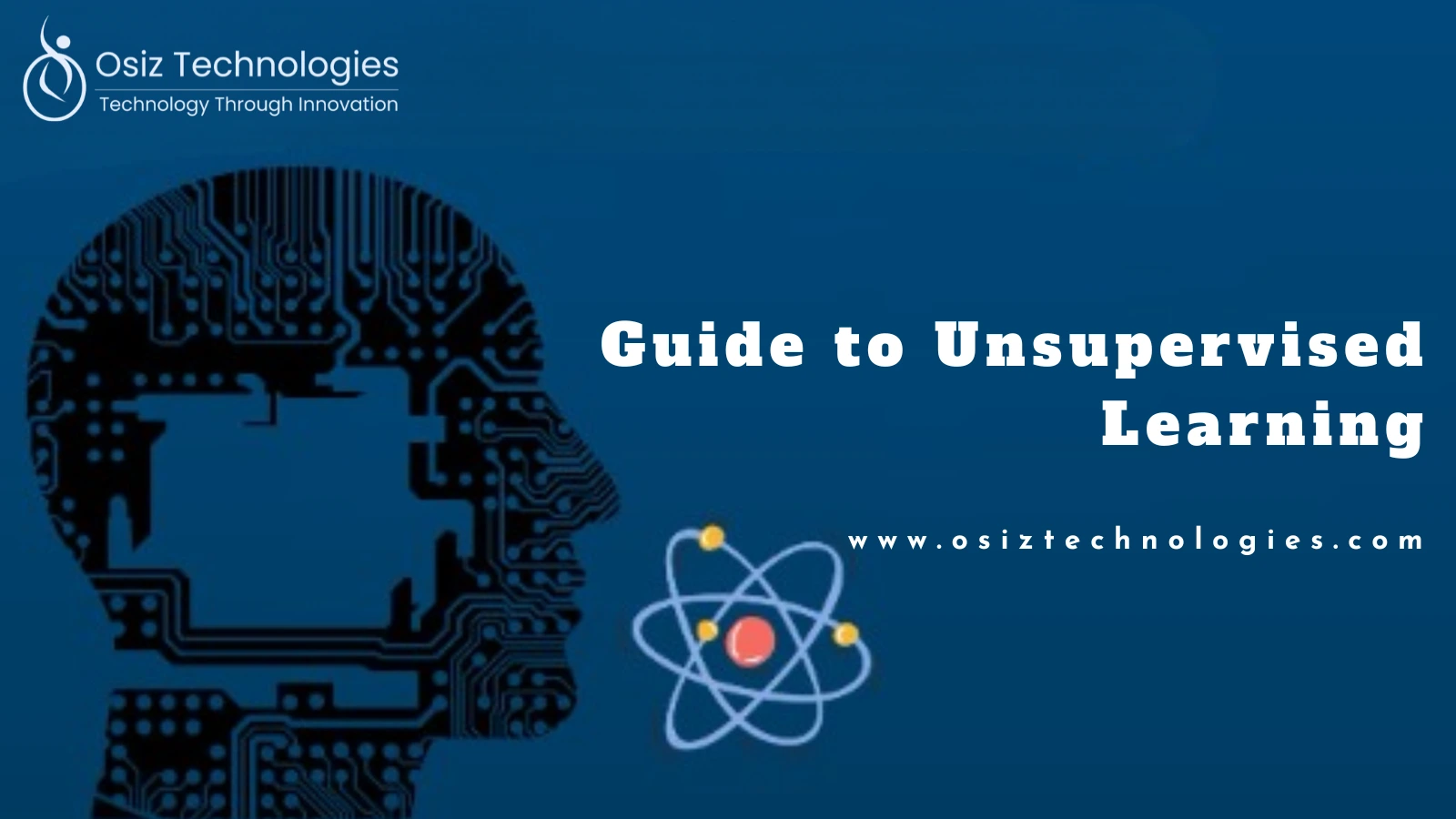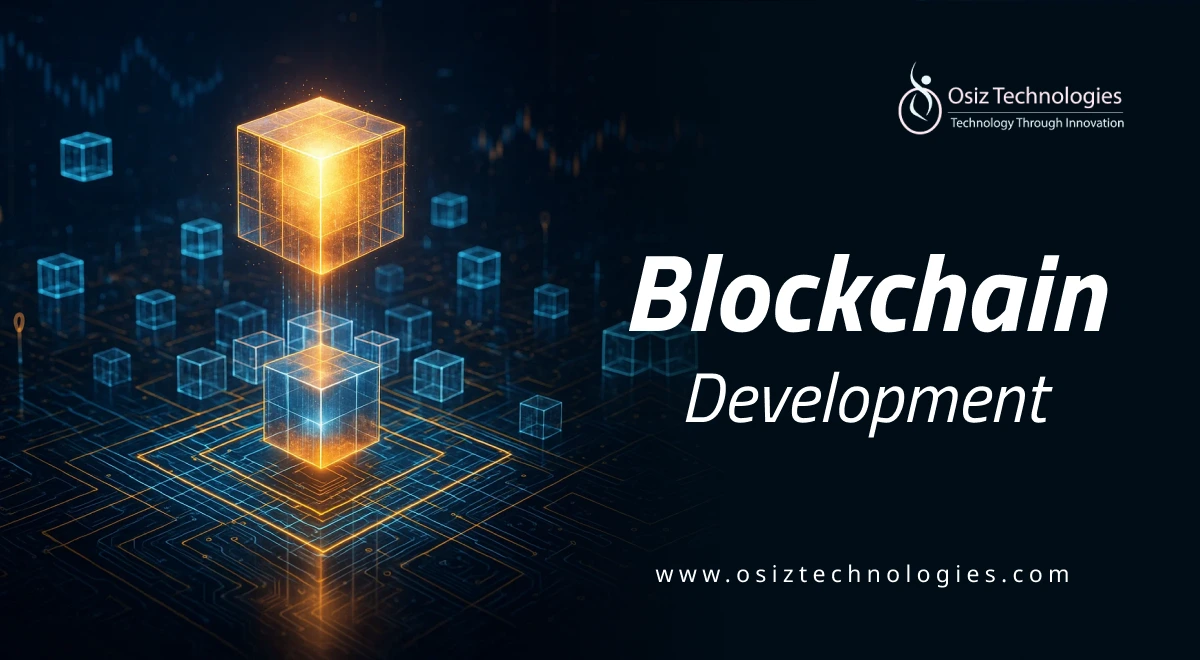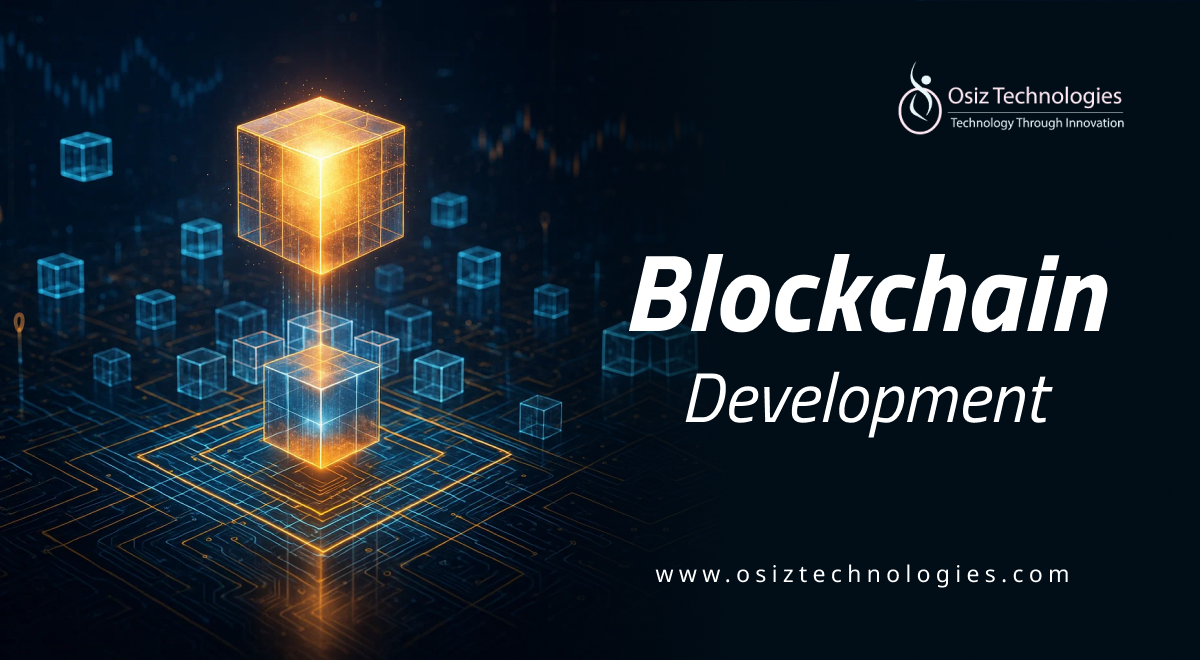Unsupervised Learning
Unsupervised learning is a form of machine learning where no labels or set answers guide the algorithm. It doesn't get told what is right or wrong. Rather, it looks for patterns, groups, or structures by itself as it checks the data. In short, unsupervised learning helps machines understand complicated data and find links that might help in making choices.
Techniques of Unsupervised Learning
Clustering
Grouping pulls together data bits that look alike or share a lot. It makes big piles of info easier to handle and check. Say, an online shop sorts out big buyers, sale fans, or last tick buyers by looking at how they shop. This lets shops tweak their deals or offers to fit what each group likes.
Anomaly Detection
Looking for odd stuff points out what's weird or fishy in the data. It finds things that don't match the normal way. Like, credit card firms spot scams by marking buys that don't line up with what a buyer usually spends. This keeps money moves safer and more real.
Association Rules
Linking rules show ties or trends that often pop up together in a data set. This lets firms see what items or moments link up for real. Take a store, for instance, that sees bread and butter go often in carts together. This clue can shape deals, price plans, and how aisles are set.
Dimensionality Reduction
Cutting complexity makes big or tricky data simpler but keeps its main shapes. This lets folk study more with less mess and not drop key bits. Say, money places squish huge data piles to read them fast and right. This speeds choices, cuts mix-ups, and adds depth.
Supervised vs Unsupervised
Supervised learning uses tagged data to teach a machine- learning tool in simple terms, we know the results we want. This helps the tool get better by checking its guesses against the right answers, slowly getting more right. Supervised learning is good when you need to guess outcomes, set groups, or fix issues with a clear, set tag for each data bit. It's a strong way for many real tasks, helping groups make choices based on data with sureness.
In contrast, unsupervised learning does not use tagged data. Here, there's no set right answer for the tool to use instead, it spots trends, groups, or links in the data on its own. This makes unsupervised learning good for finding hidden parts, putting like things together, or seeing odd stuff that might not be seen otherwise. Whether looking at how buyers act, searching for strange acts, or sorting big data sets, unsupervised learning lets you find key info without much help from people.
The Rising Impact of Unsupervised Machine Learning
Machine learning without guidance is fast changing how firms find patterns and gain new know-how from their data. The old ways need clear info to learn, but this new style lets the system find links and forms on its own, without need for much help from people. This is very strong when there's lots of not set up data, or when we're not sure what we're looking for.
In many work areas, firms use this type of machine learning to spot hidden groups of customers, see strange actions or fraud, and make their work simpler by cutting down on the mess.
This rising tech is not just for data experts it is becoming a big push for new ideas, helping groups make smart, well-known choices based on the patterns that show up on their own from their data.
As the amount and change of data keep getting bigger, machine learning without guidance is set to have a big and lasting effect in many places, from shops and money matters to health care and making things.
Real-Life Applications That Are Making a Difference
Customer Segmentation in Marketing
Shops are using smart tools to group their buyers by what they like, buy, or do. This helps people who sell things to know different groups, make special offers, and keep buyers happy giving a better way for each group. Instead of not knowing what buyers like, stores use facts to shape their plans, making bonds stronger and sales higher.
Detecting Suspicious Transactions in Finance
Banks use smart tools to find weird or iffy money moves as they happen. This way helps catch cheats, wash money acts, or other odd stuff that might slip by old ways. By looking at tons of money data and finding odd bits, banks keep their work, their buyers' money, and their money safety strong.
Image Recognition and Anomaly Detection in Security
Security setups use smart tools to spot weird ways or odd acts caught on cameras or sensors. This helps keep places safe, check who people are, or see bad people before something bad happens. Instead of needing lots of set training, these setups learn what’s normal and then tell when things are not right.
Personalized Recommendation Engines
A big way smart tools are used now is in turning ideas into tips in setups like Netflix, Amazon, or Spotify. These tools see patterns in what users like and put them into groups to offer things, shows, or music that fit their taste. This helps people find new things but also makes them more into the site, keeps them coming back, and makes them happy.
Future Trends — Where Unsupervised ML Is Heading
The future of machine learning without set rules seems very bright, with more uses and new ideas coming up. As more and more data piles up and gets trickier, these no-rule methods will help groups find hidden links, ties, and chances that were missed before. This tech is set to be a main way to deal with huge loads of data aiding firms in making wise choices, tuning their work, and sparking more fresh ideas. A big thing we are seeing now is mixing no-rule learning with other tech like deep learning and creative models.
This strong mix makes new chances, from making real-looking stuff and new goods to bettering ad plans and making our online spaces safer. Also, no-rule methods are getting easier to use and not as tight, letting them work in more fields like health, money, and shops to make things, teach, and fun. At Osiz Technologies, a leading AI development company, we recognize this push forward points to a time where no-rule machine learning is not just for data experts but a big force for change in the whole tech world, empowering industries to unlock smarter, autonomous solutions.
Listen To The Article
Recent Blogs

Black Friday 30%
Offer











